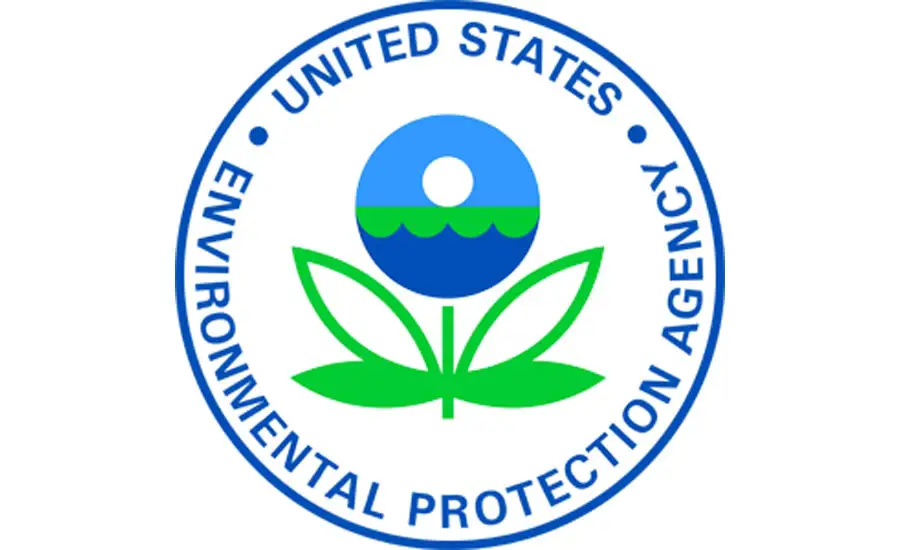

If you want to become an HVAC technician, you need to have a certification from the US Environmental Protection Agency to handle refrigerants. Improper identification and use of refrigerants can damage or destroy HVAC equipment, and even lead to personal injury or death. It also causes serious environmental damage.
This page will help guide you on your path to an EPA certification. It will help you understand what it is, the concepts and information you will need to learn, and important details about taking the EPA section 608 technician certification exam.

Acquiring an EPA certification should be high on your list of priorities. But a high-level understanding of refrigerants and their applications is also important to building a solid foundation of knowledge. The holy grail of the HVAC industry is the refrigeration cycle. An in-depth knowledge of the physics involved is part of what separates the average technician from highly-paid experts in the field.

Below we give a brief history of the use and evolution of refrigerants. From there we’ll talk about the development of universal standards for their use and handling.
The first widely-used refrigerant was ammonia. It was used in food refrigeration systems in the mid-1800’s. Ammonia absorbed heat very well but its toxicity made in-home refrigeration a risky proposition. By the 1920’s, early versions of the refrigerants that are still used today were developed. Their reduced toxicity helped the refrigerator quickly become a common household appliance. Versions of these same refrigerants would later be used in modern-day air conditioning systems and heat pumps.
In the early 1970’s scientists discovered these refrigerants might be contributing to ozone depletion. They started a campaign that not only would eventually win them the Nobel Prize but also led to what is known as the Montreal Protocol in 1987.